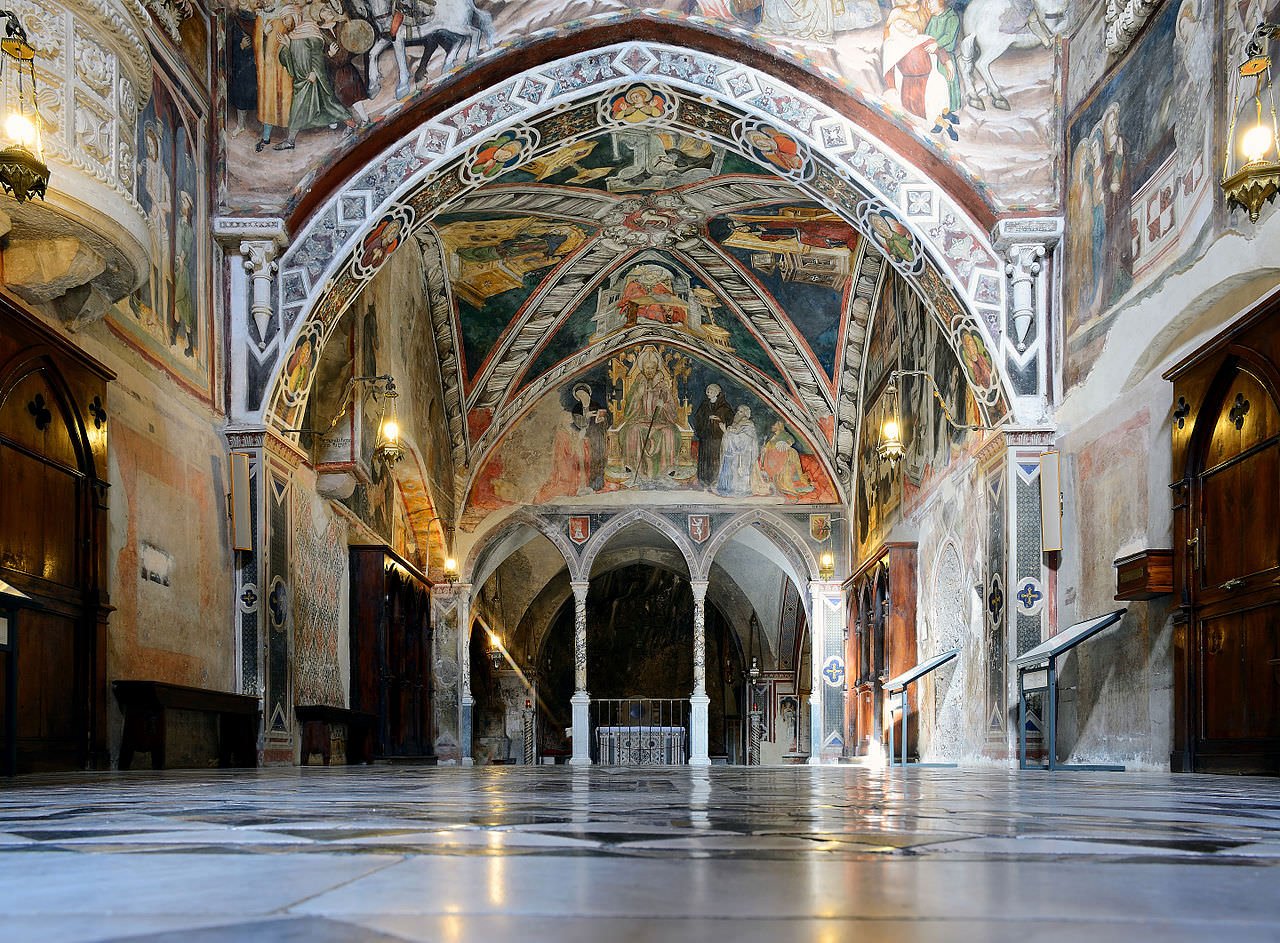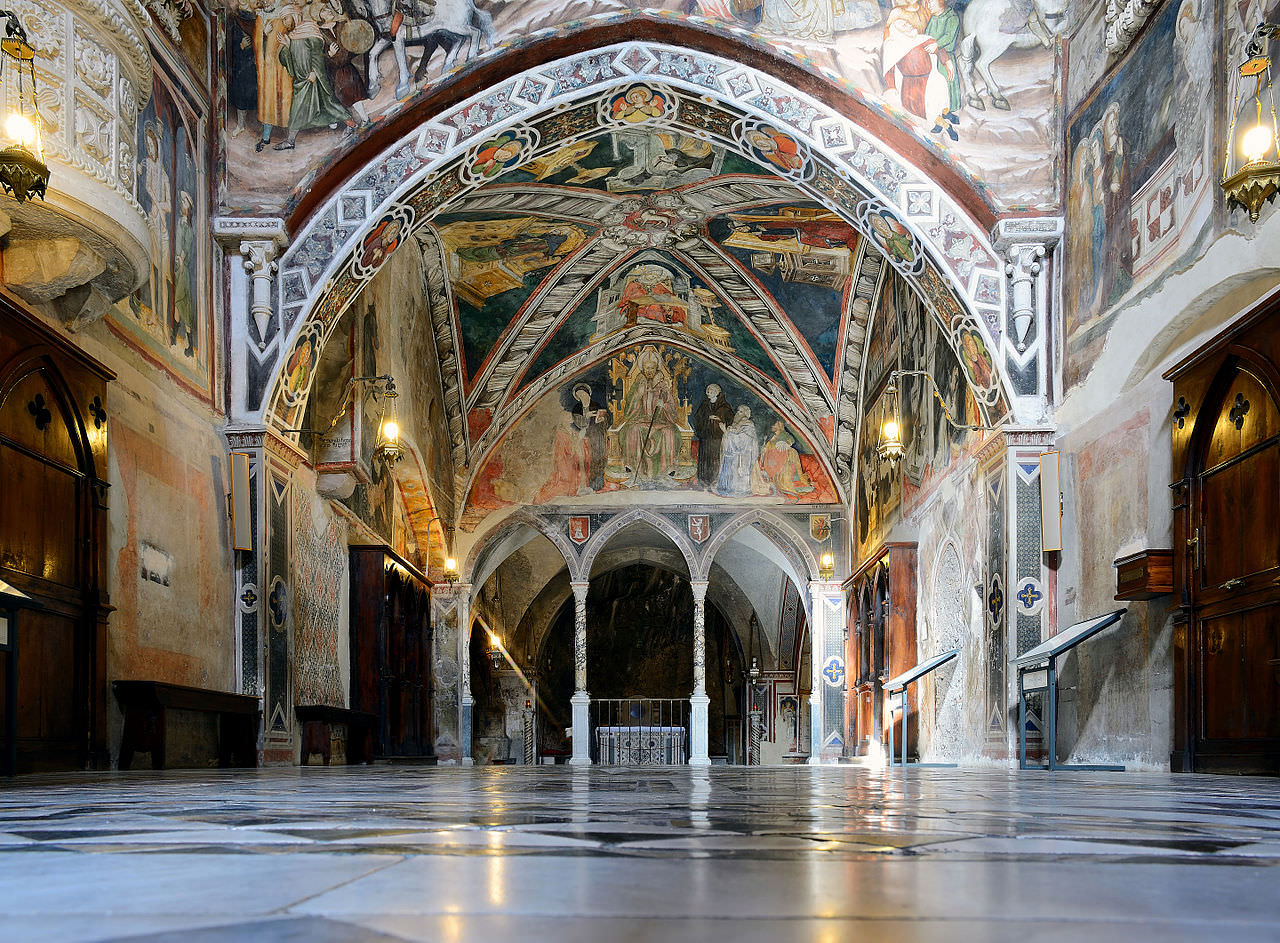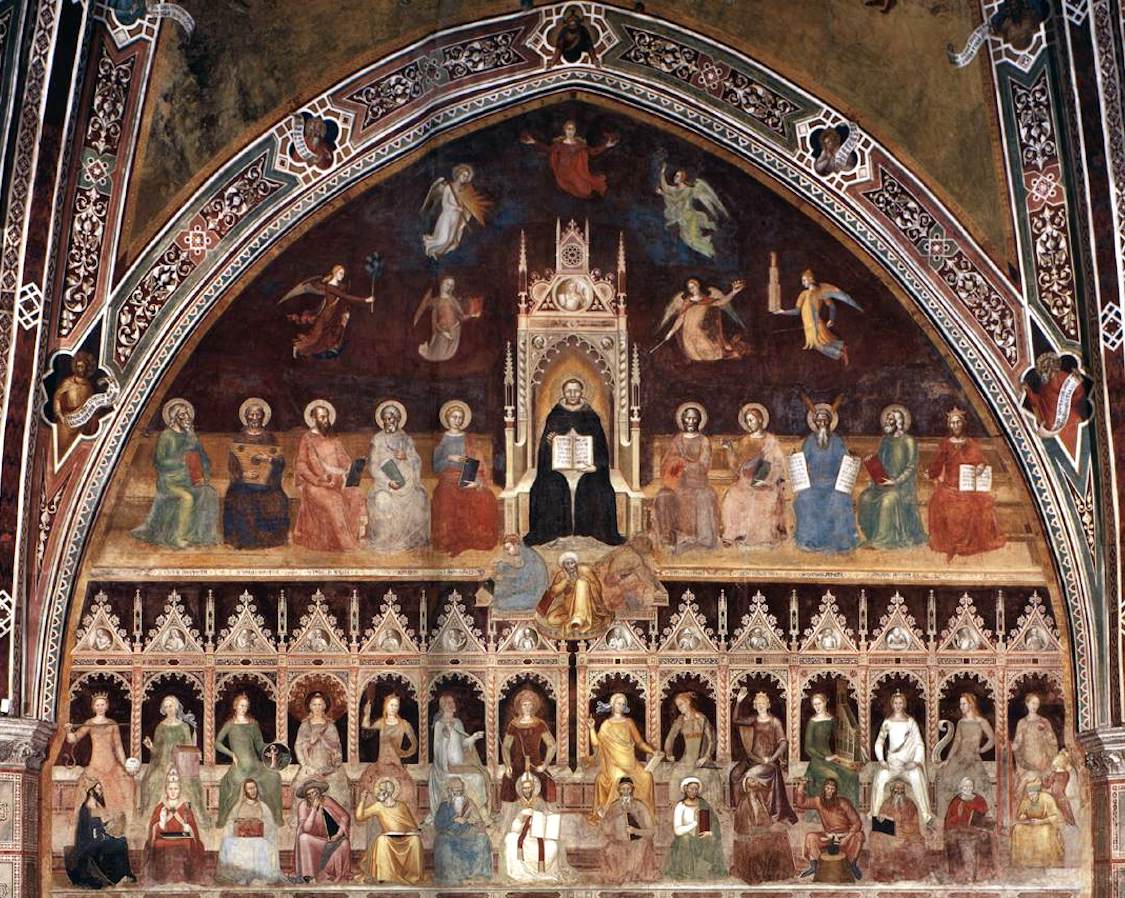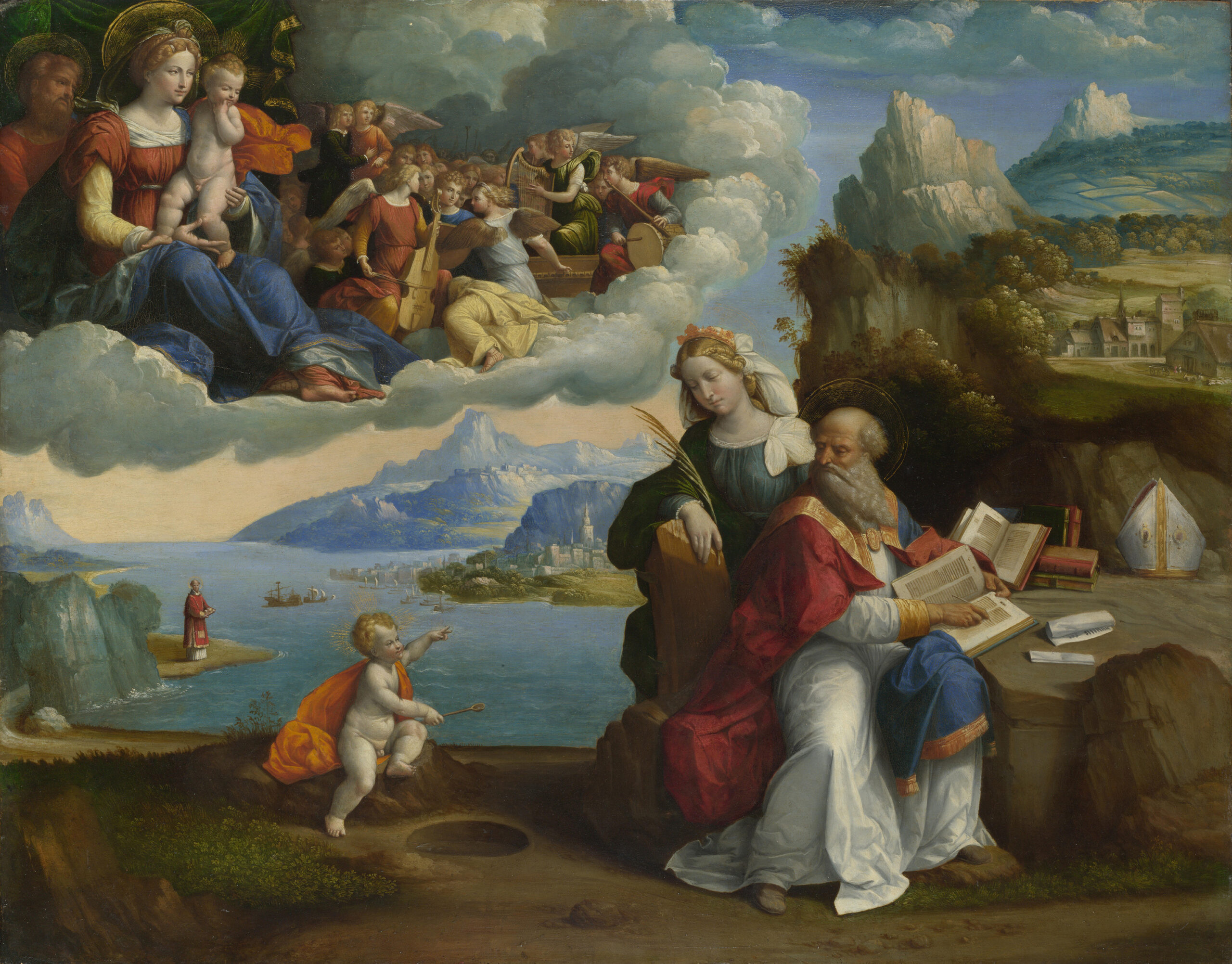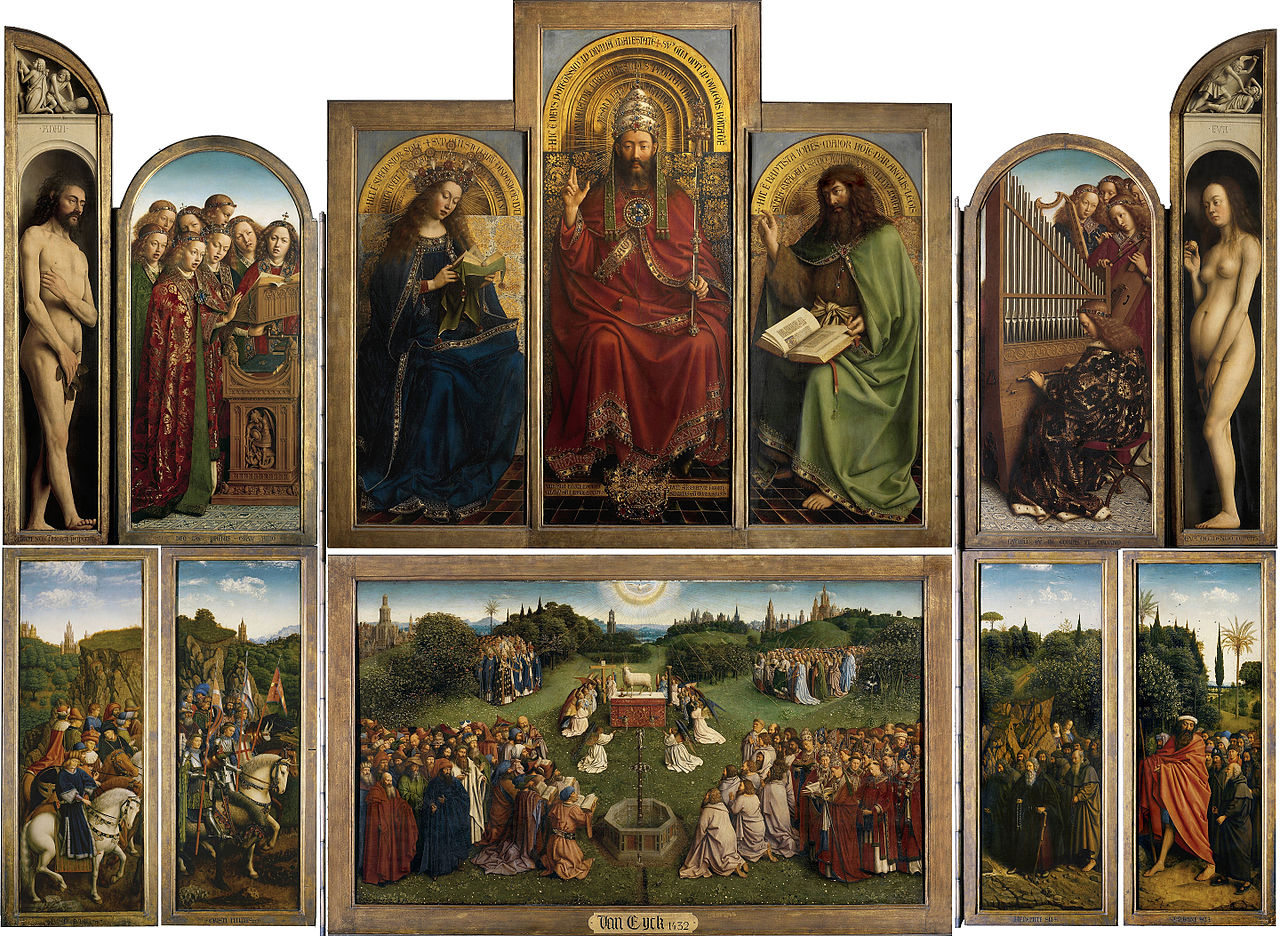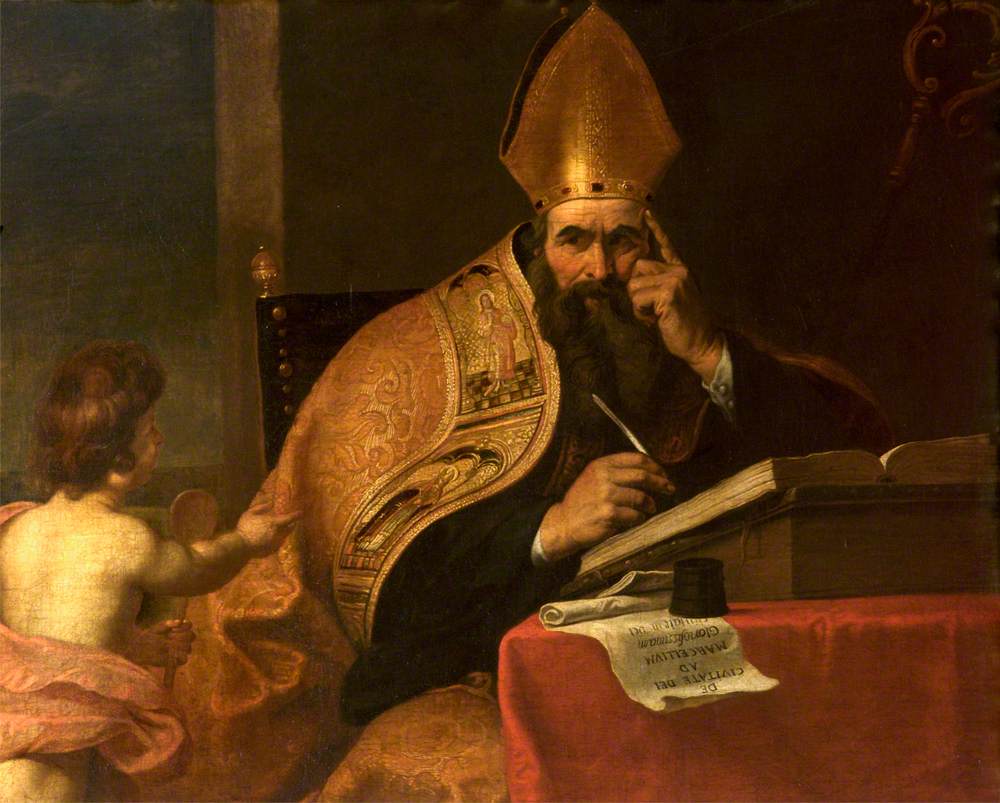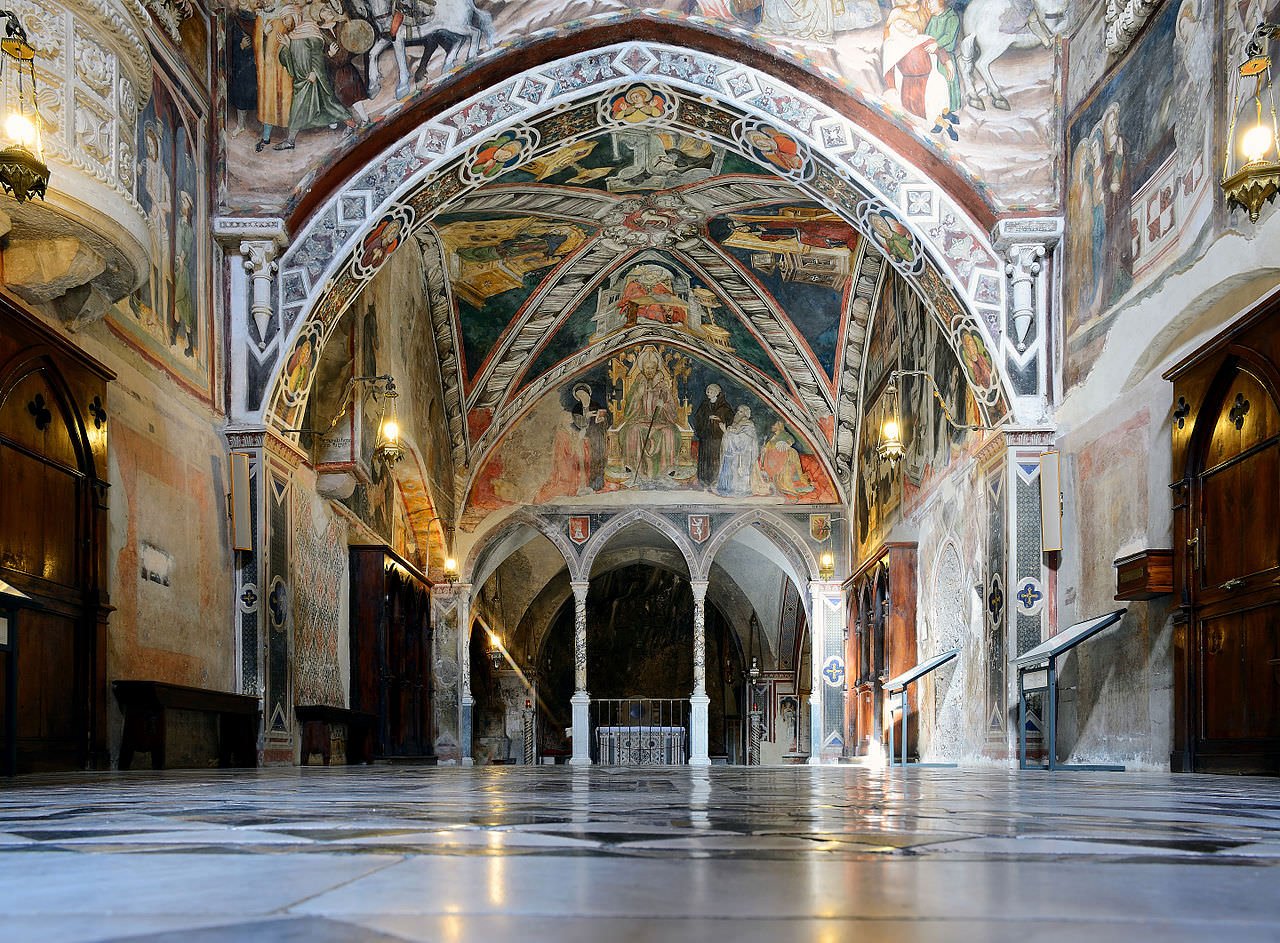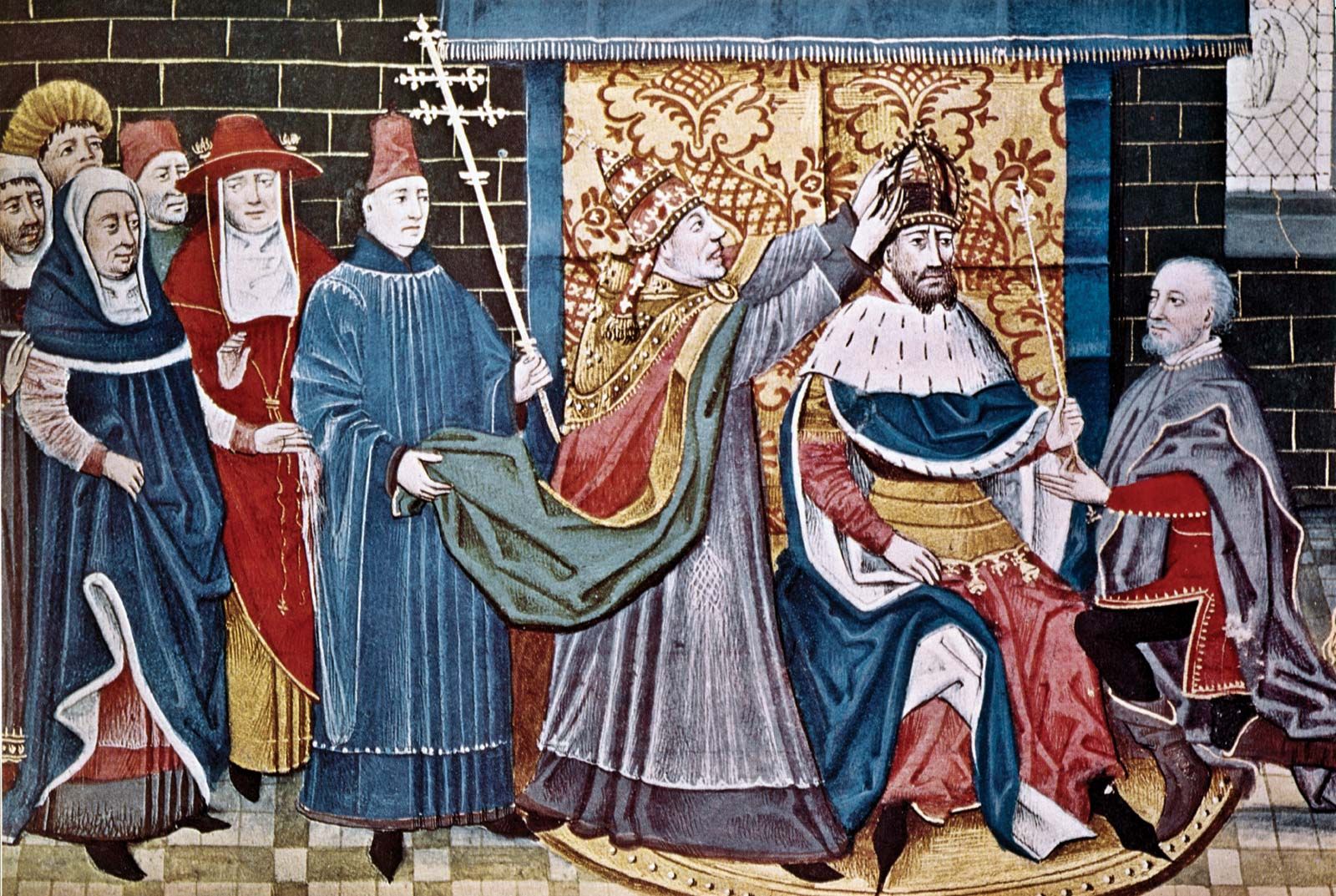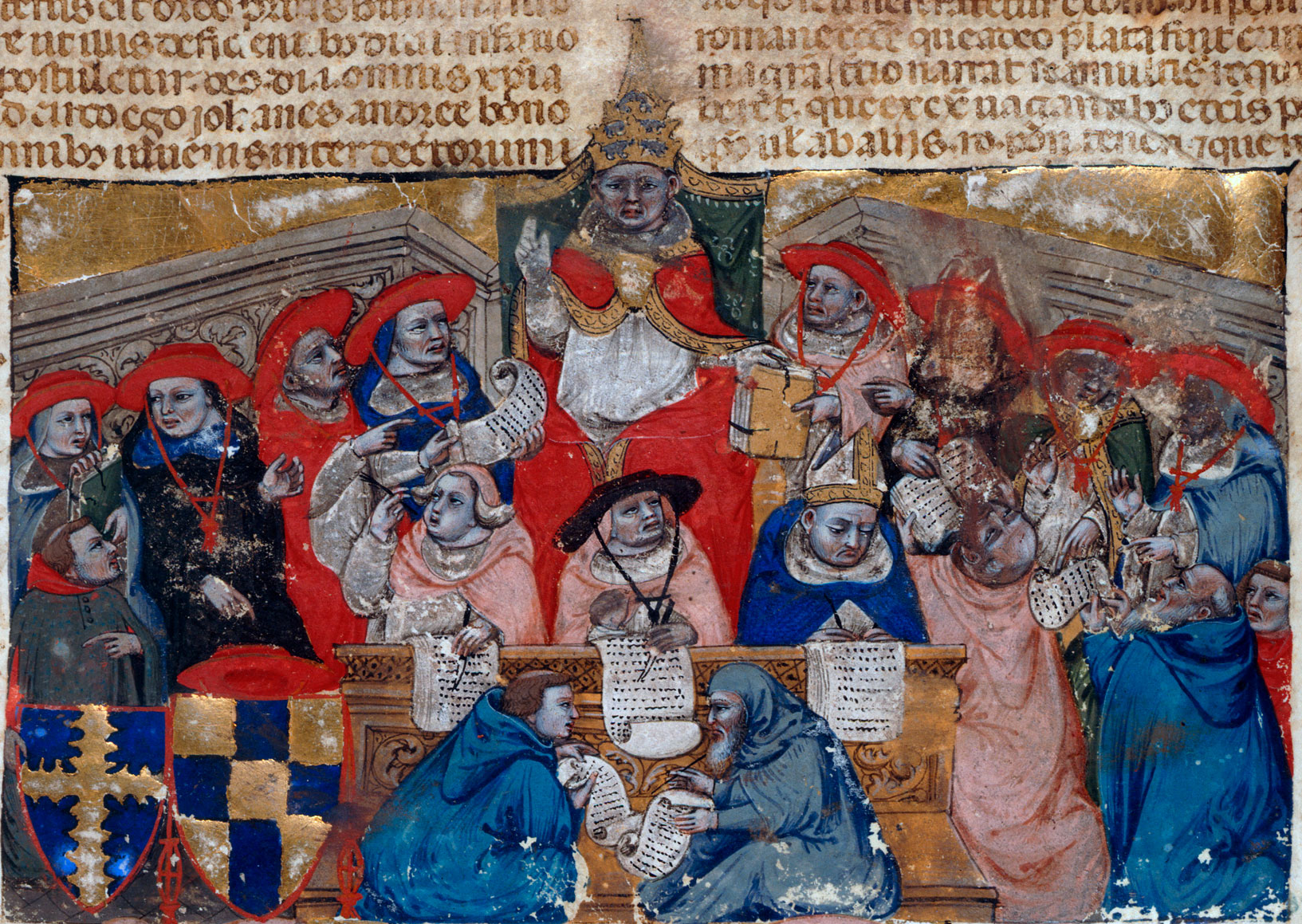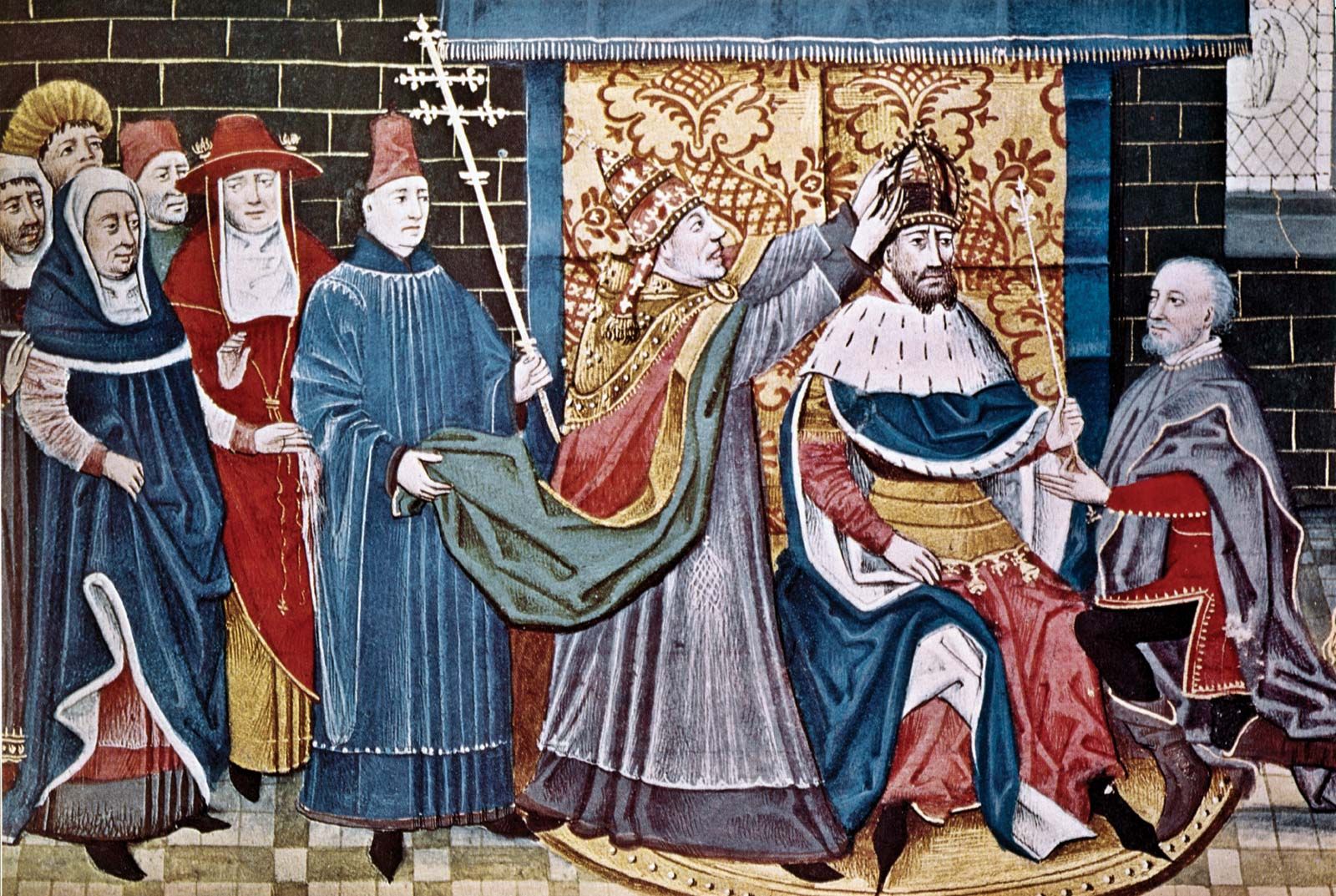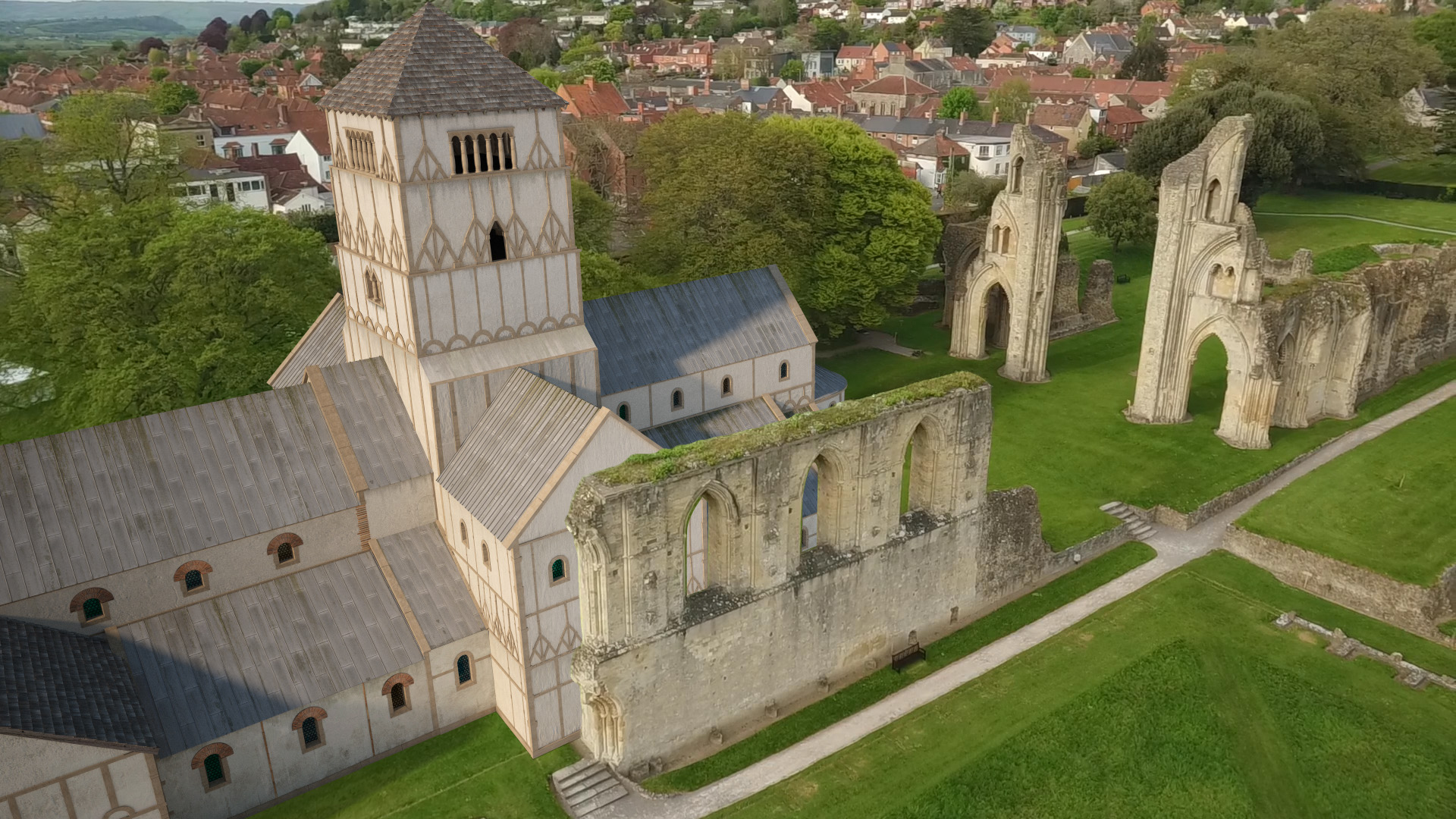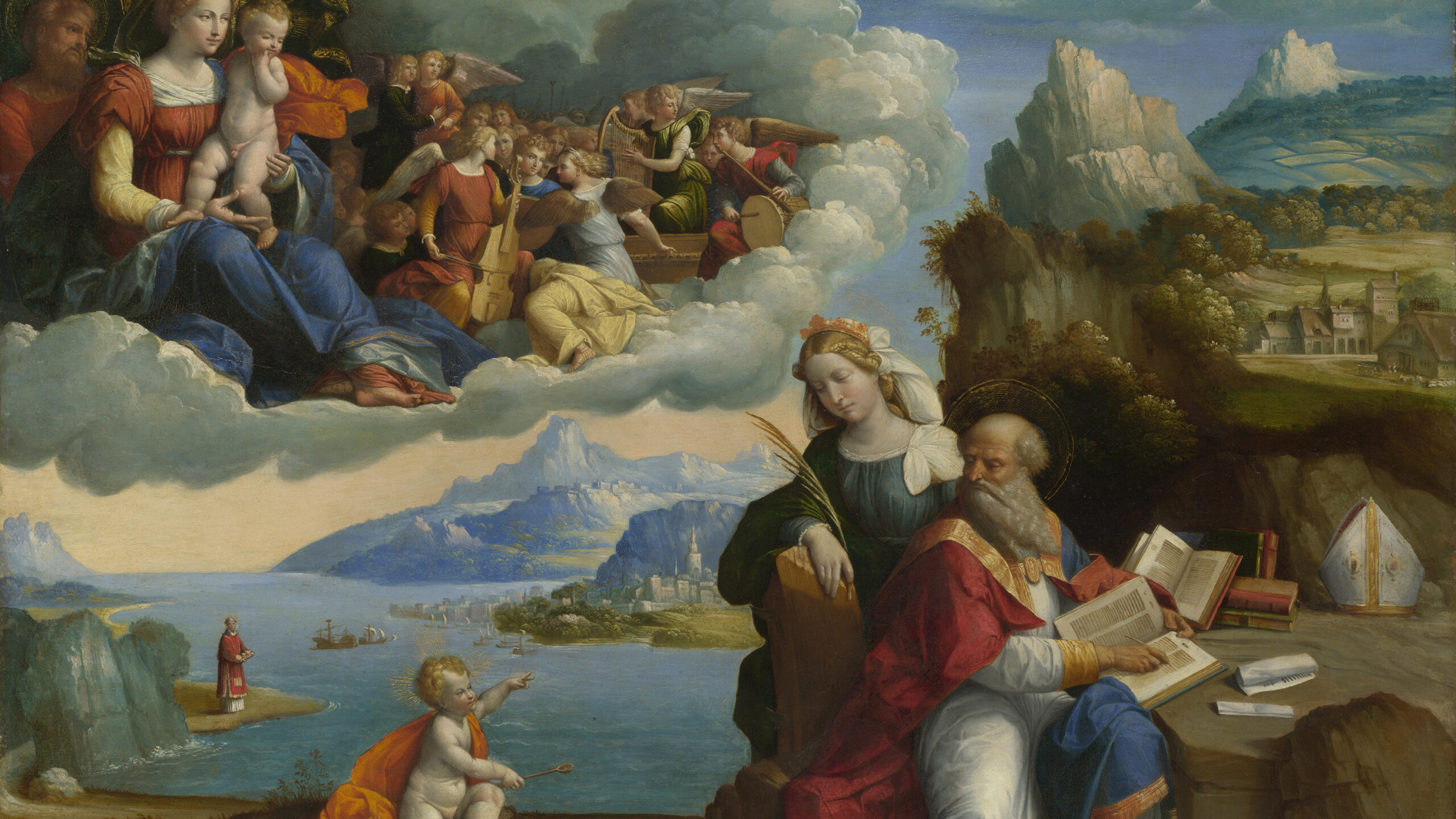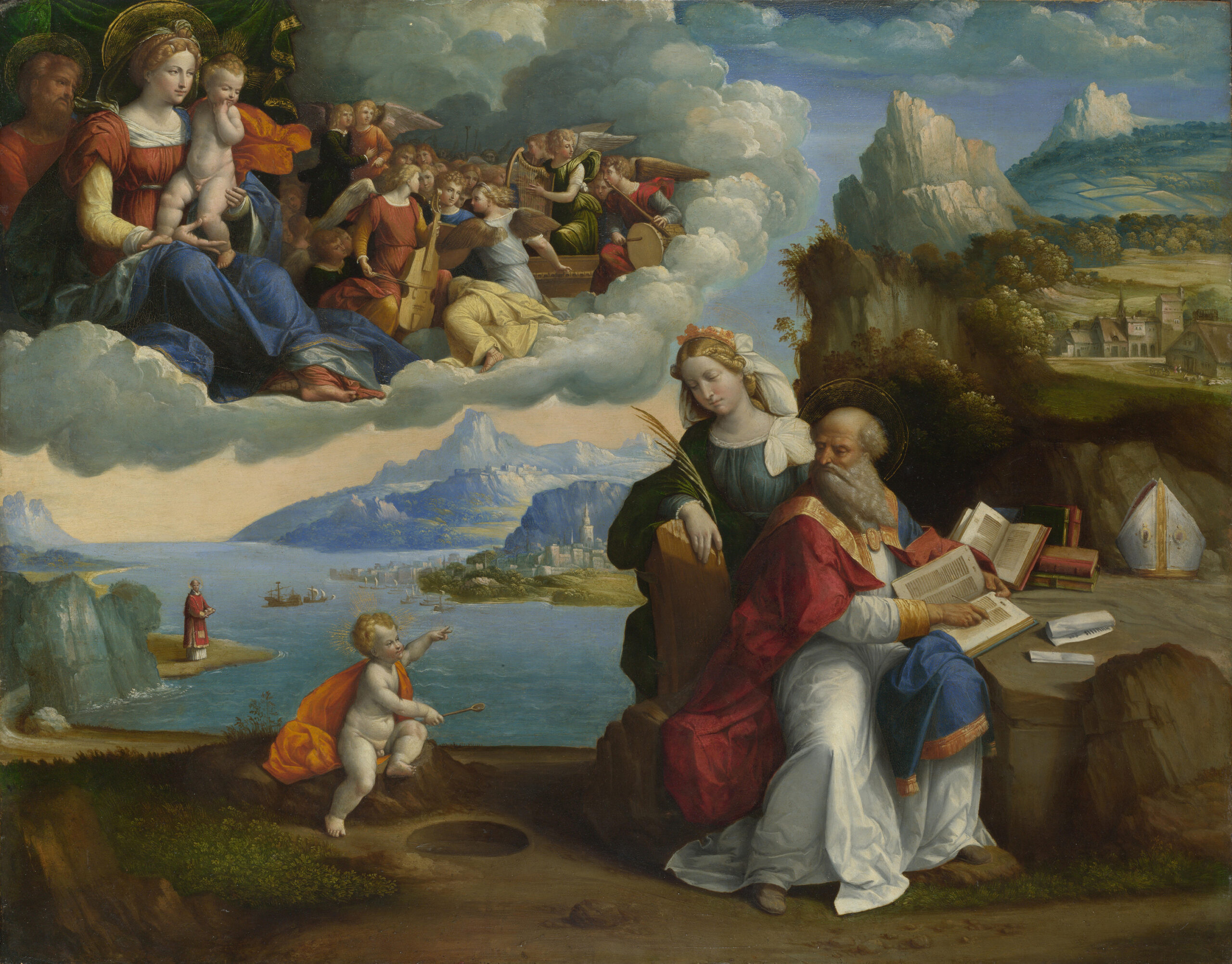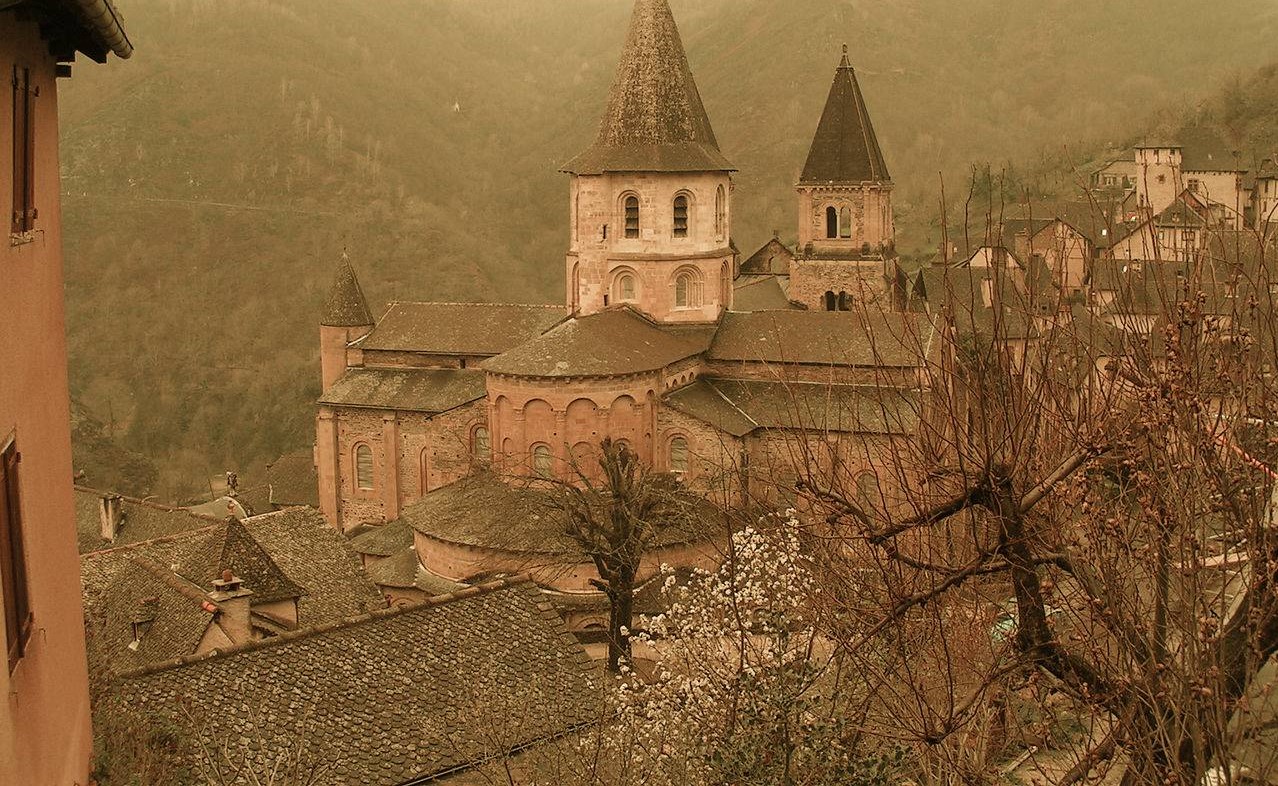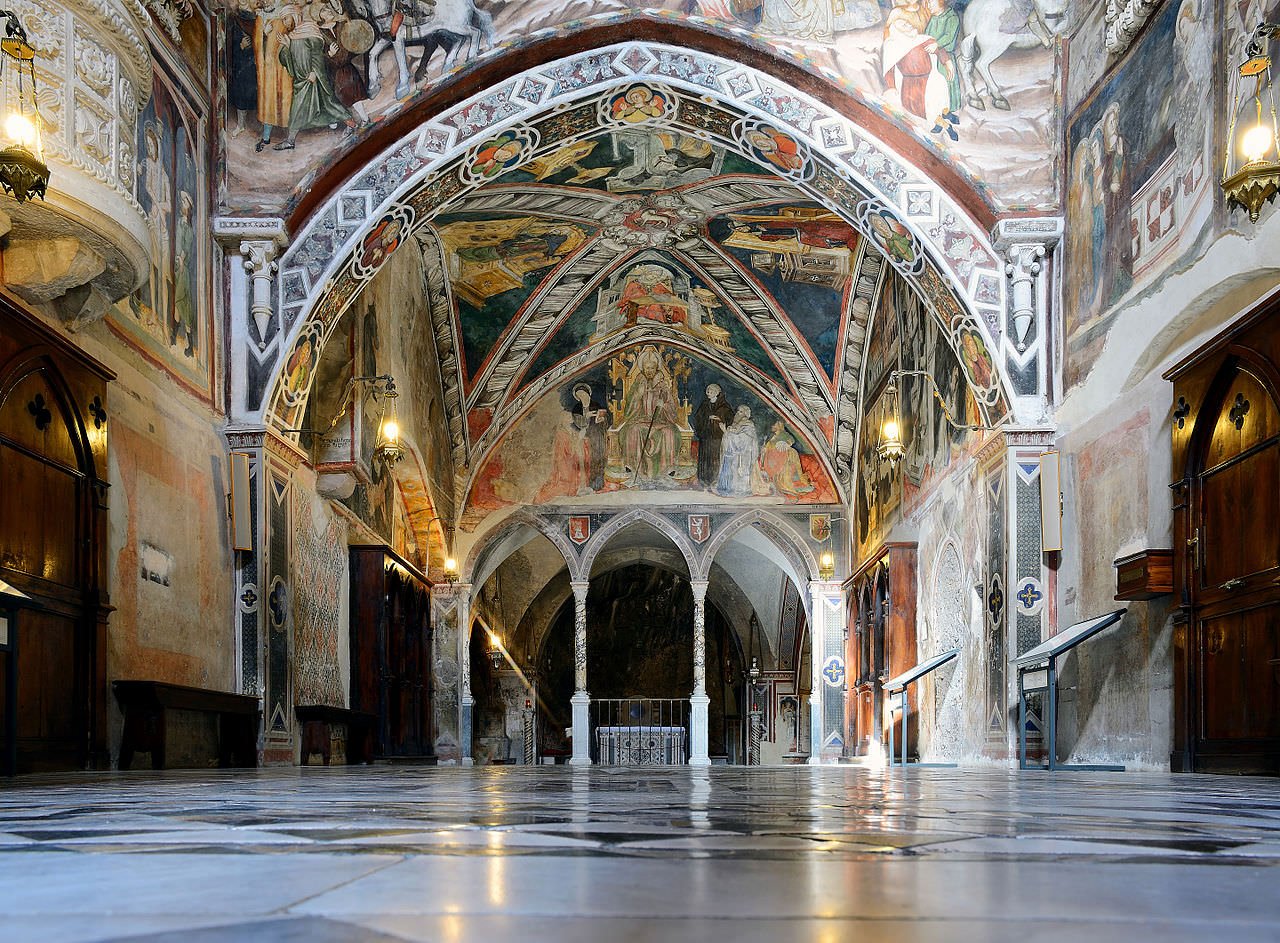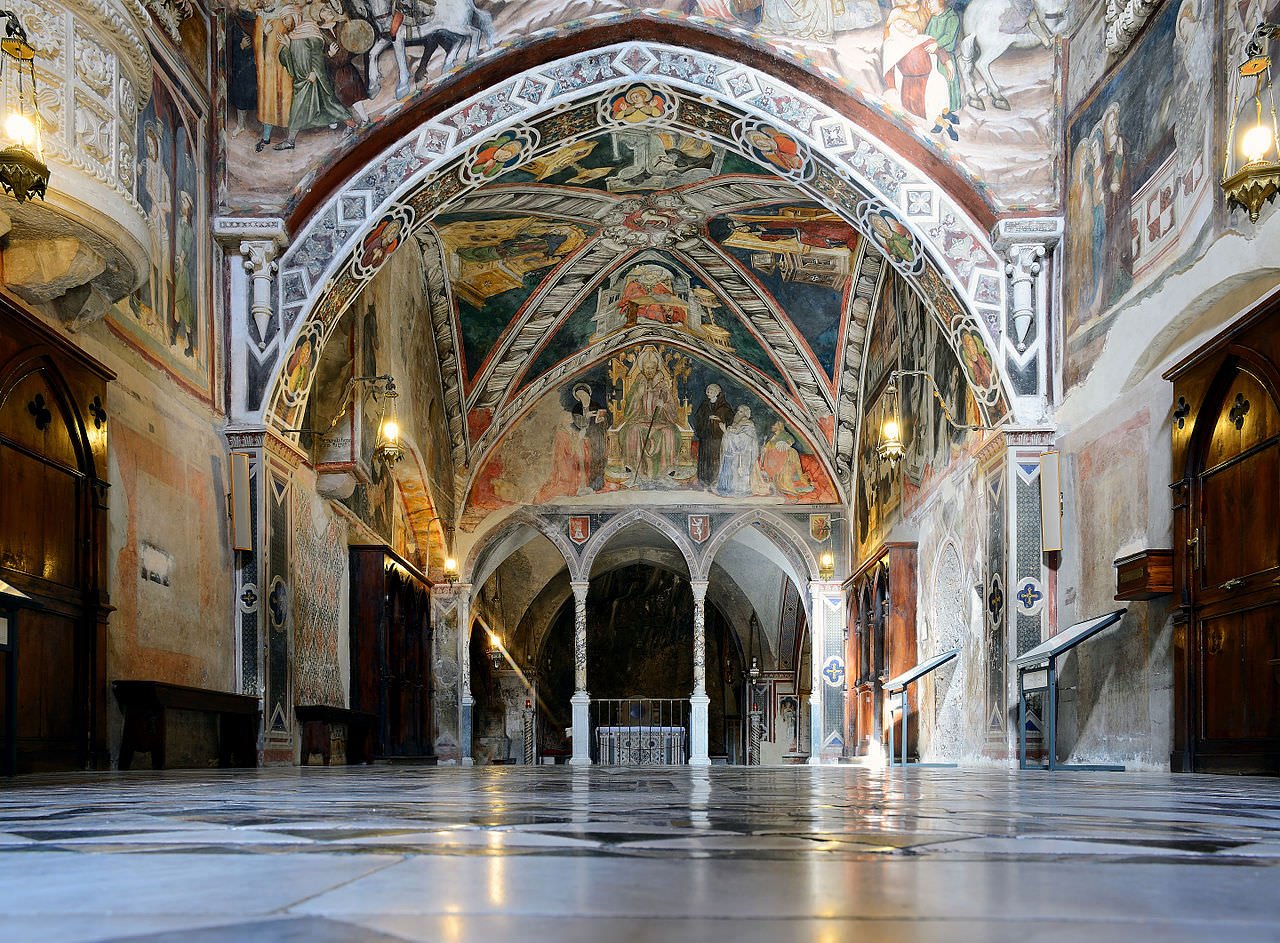Summary | Church and Society in the Medieval West
Medieval Europe was in its most distinctive phase as a distinctively Western civilization, with many shared values that gave it some temporary intellectual unity and separated it from other civilizations. The European economy and population began to expand in the eleventh century.
New technology such as the windmill and the heavy plow led to increased food production. Towns grew with increased trade and the growth of a money economy. The role of women improved, as more women came to be educated and to control property.


